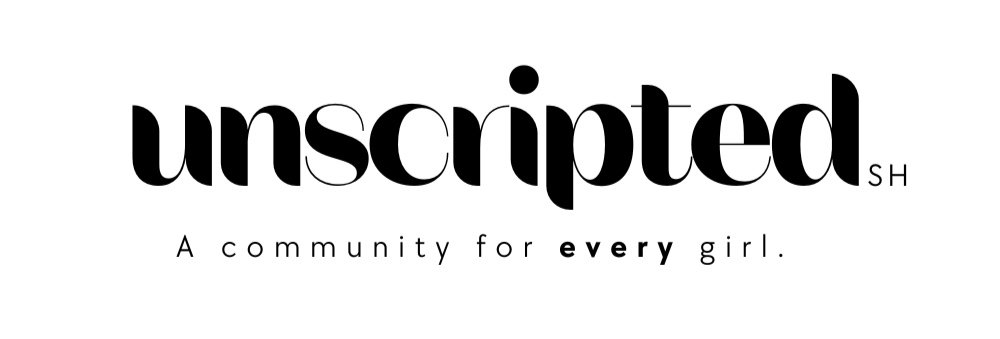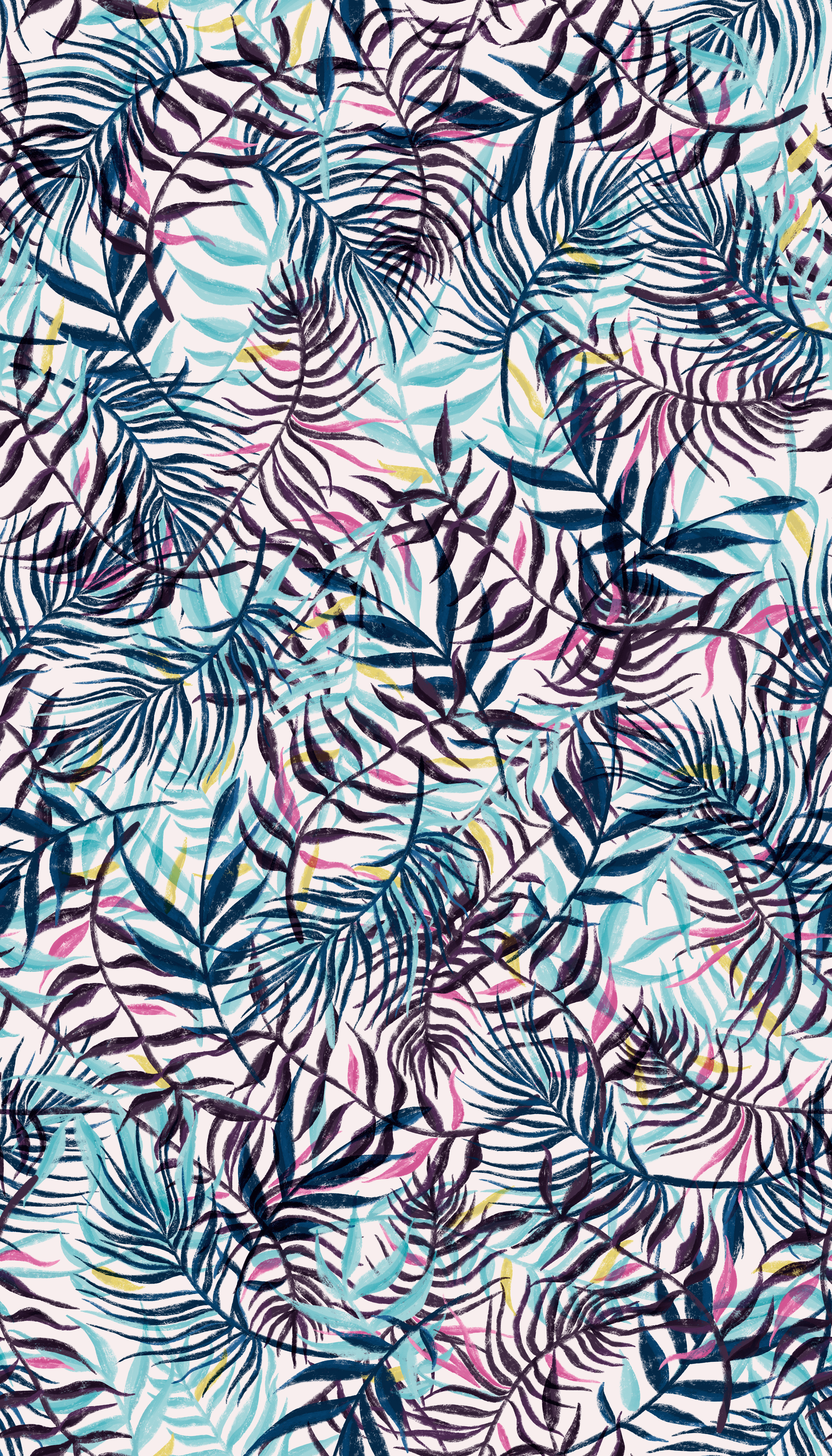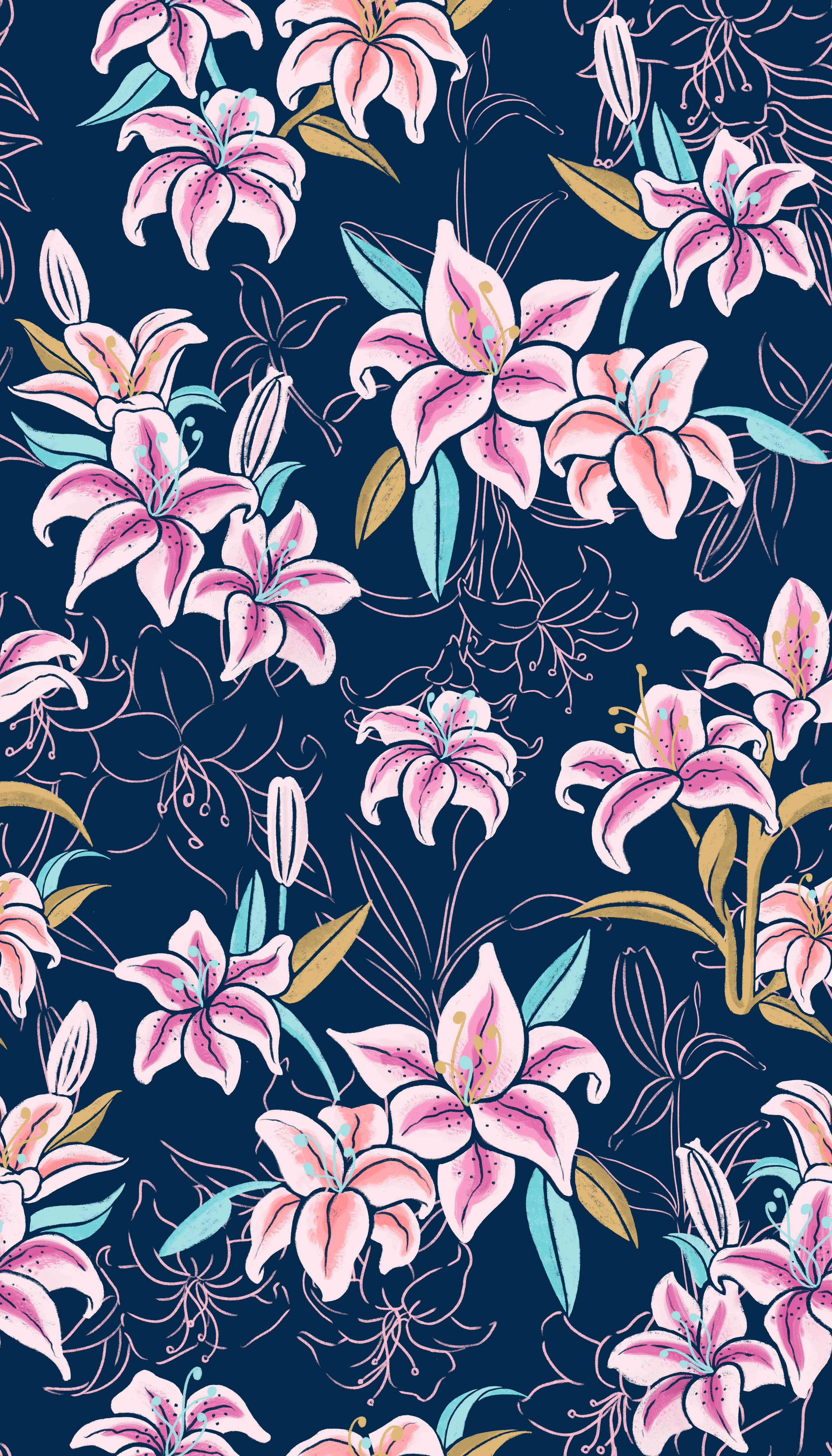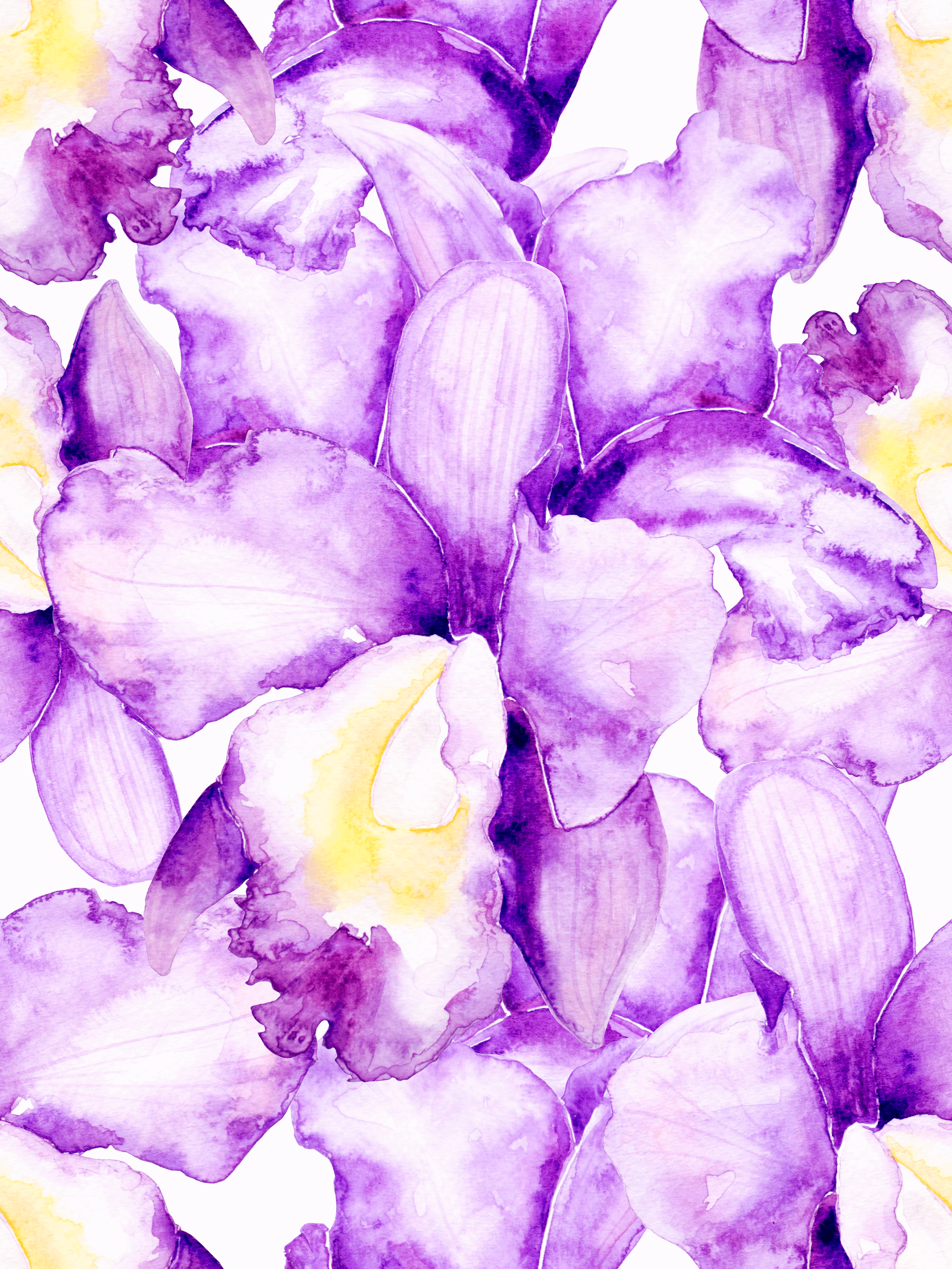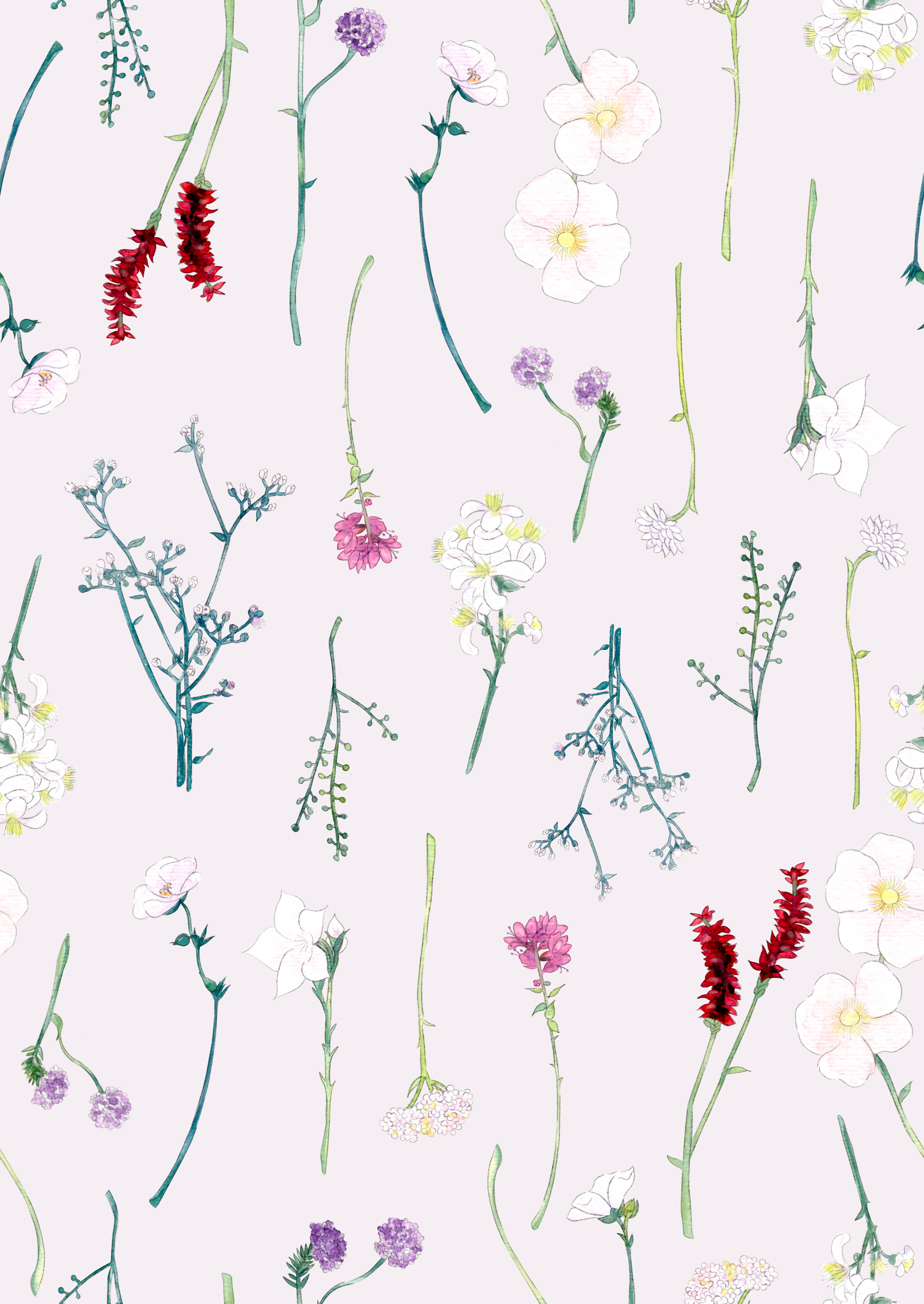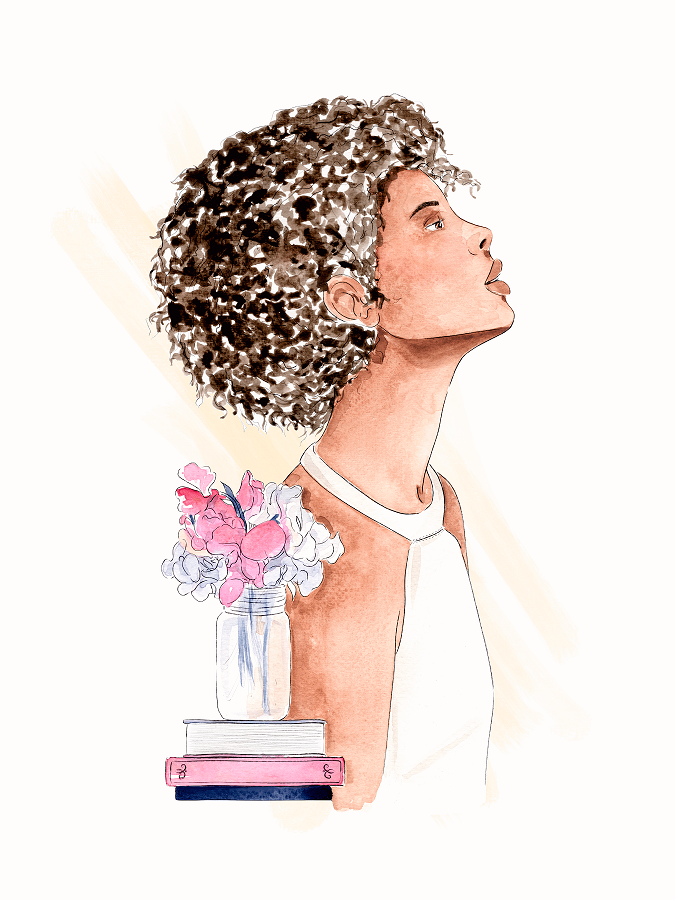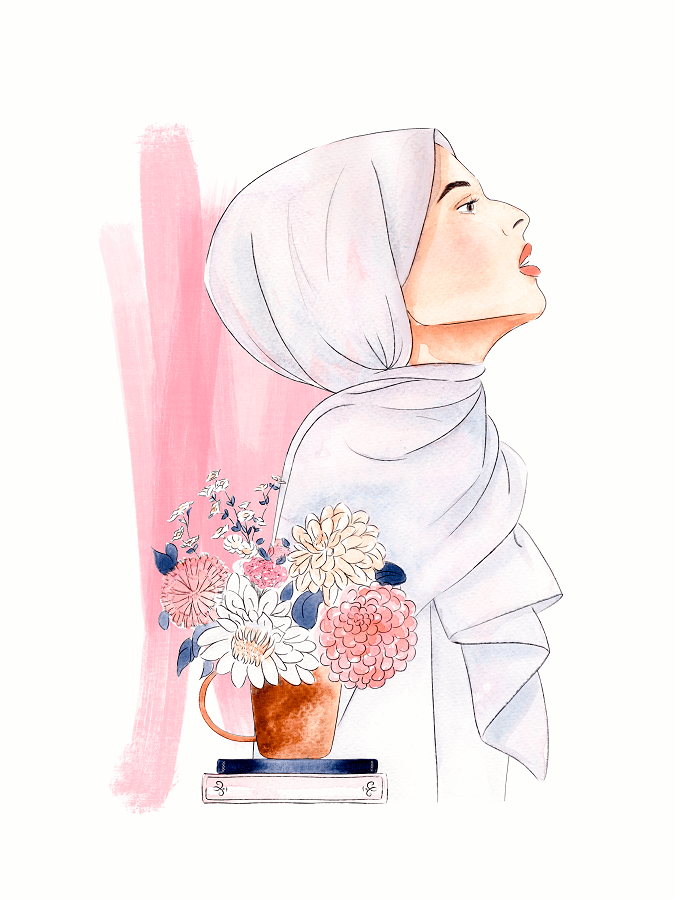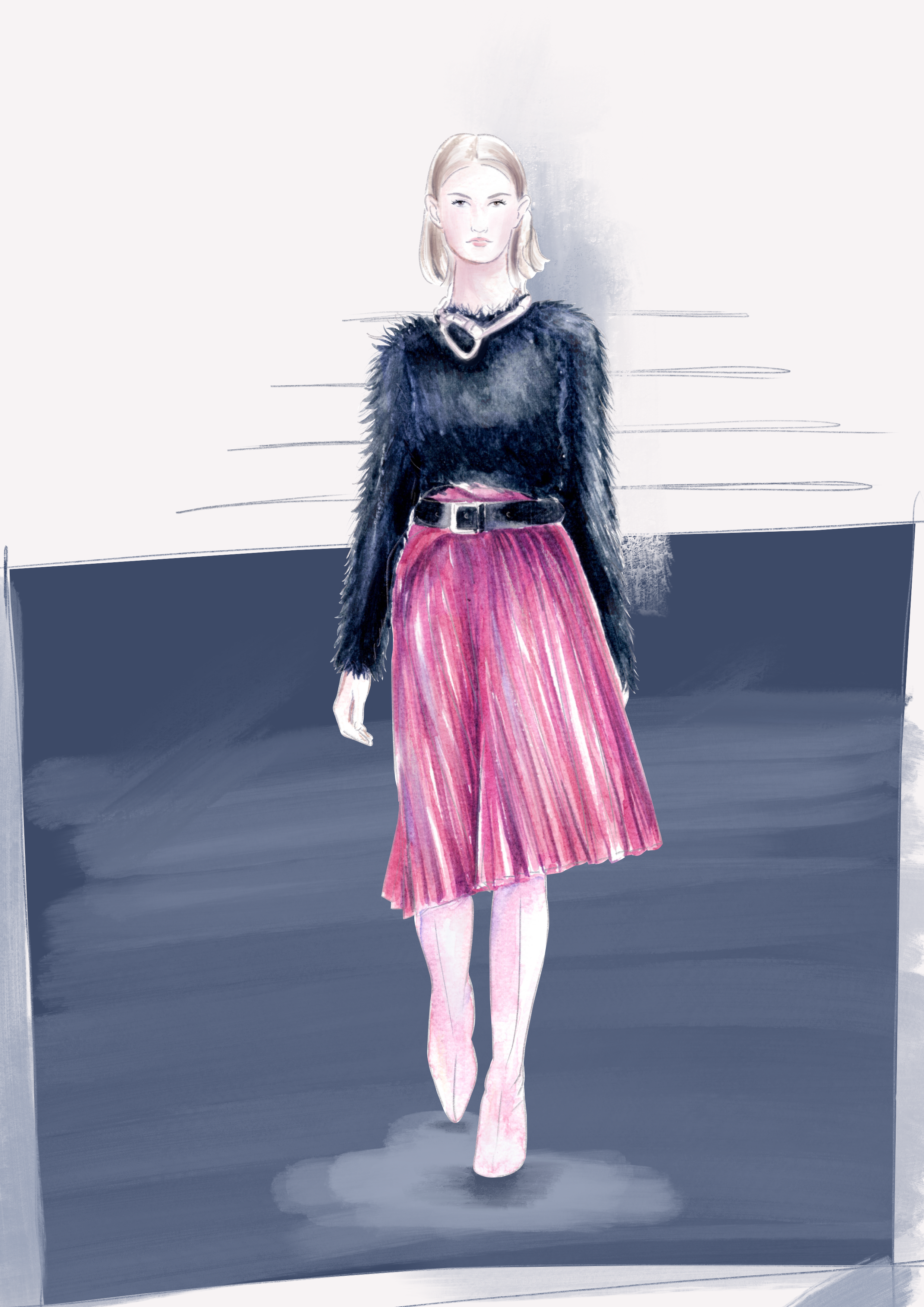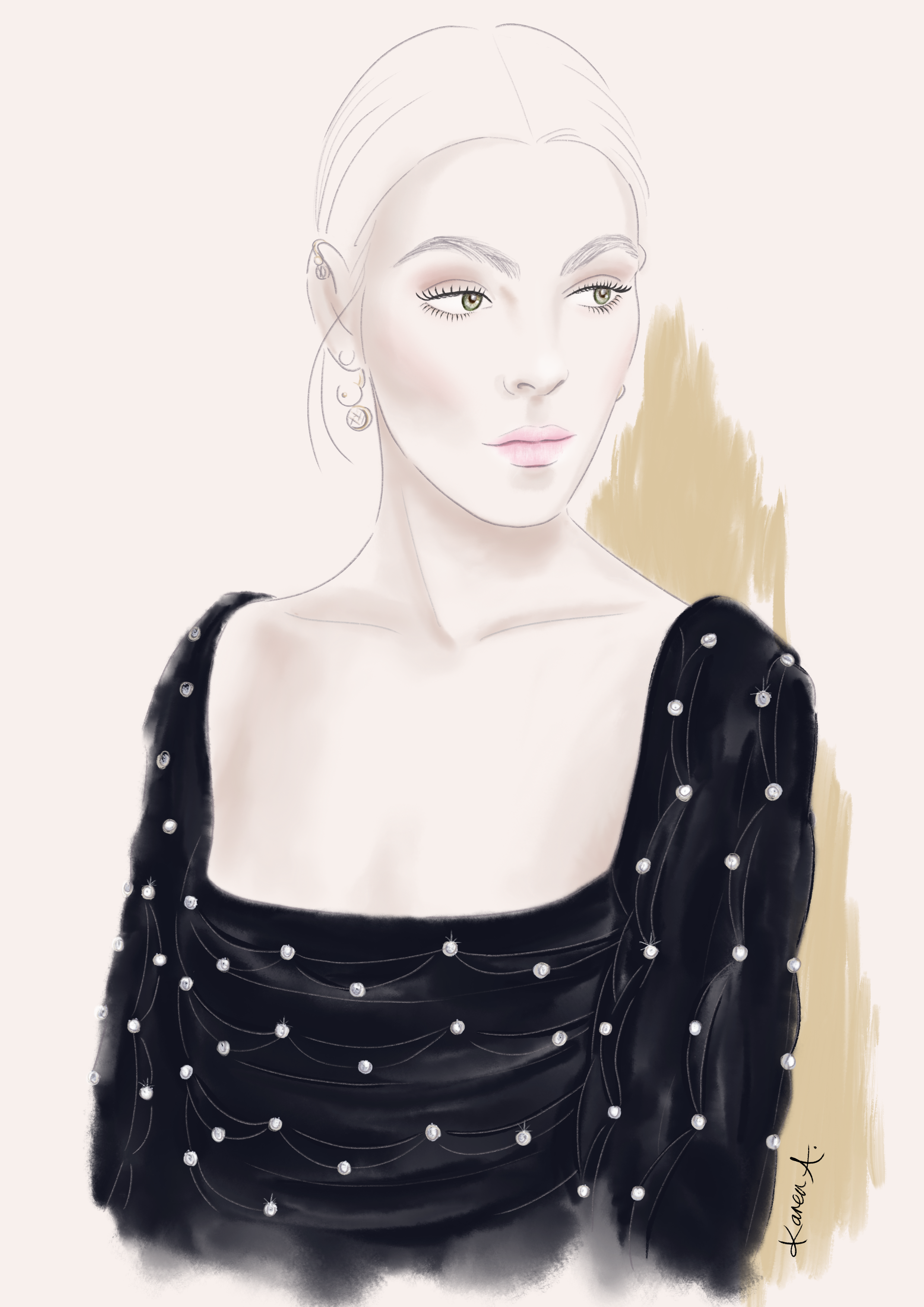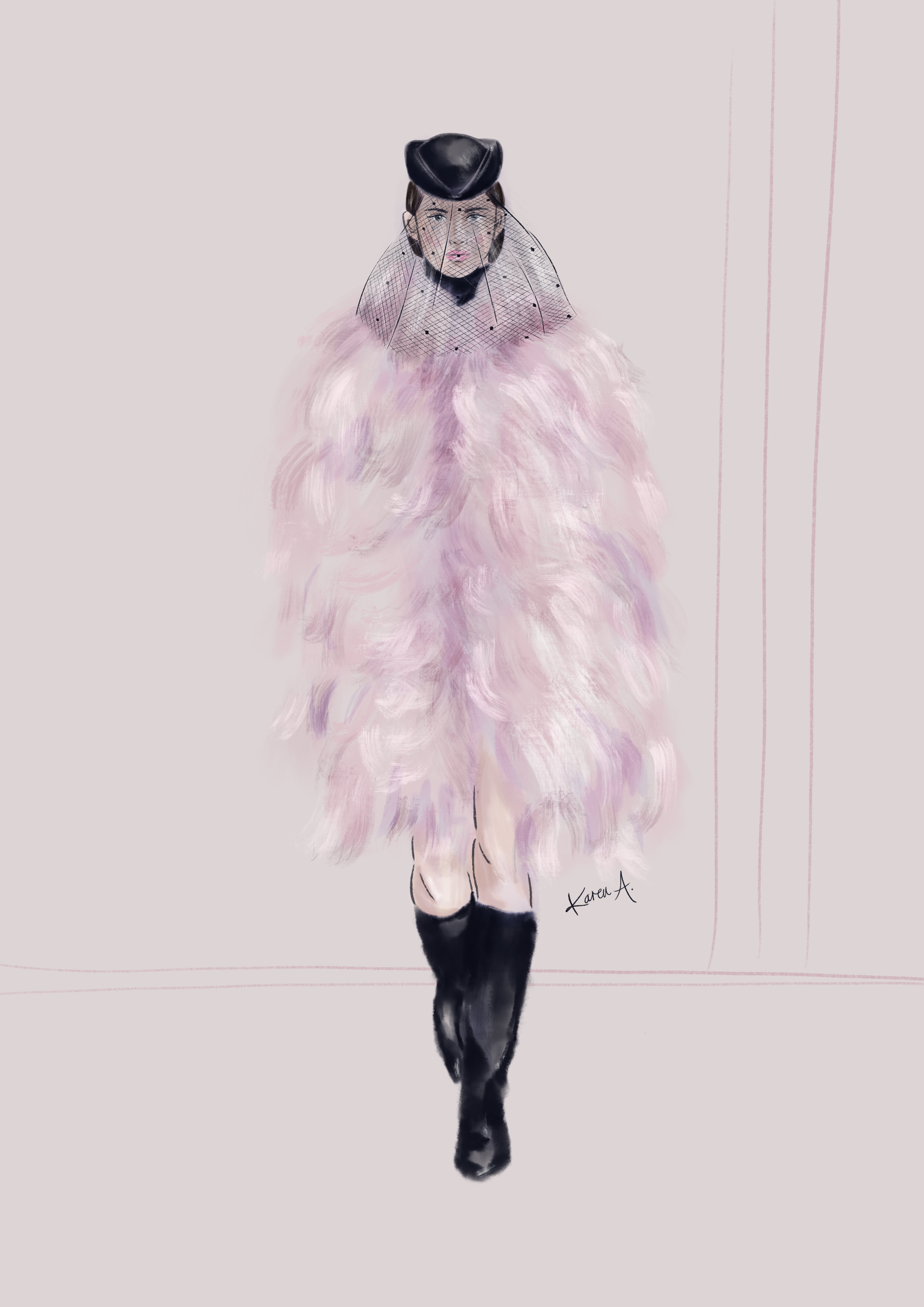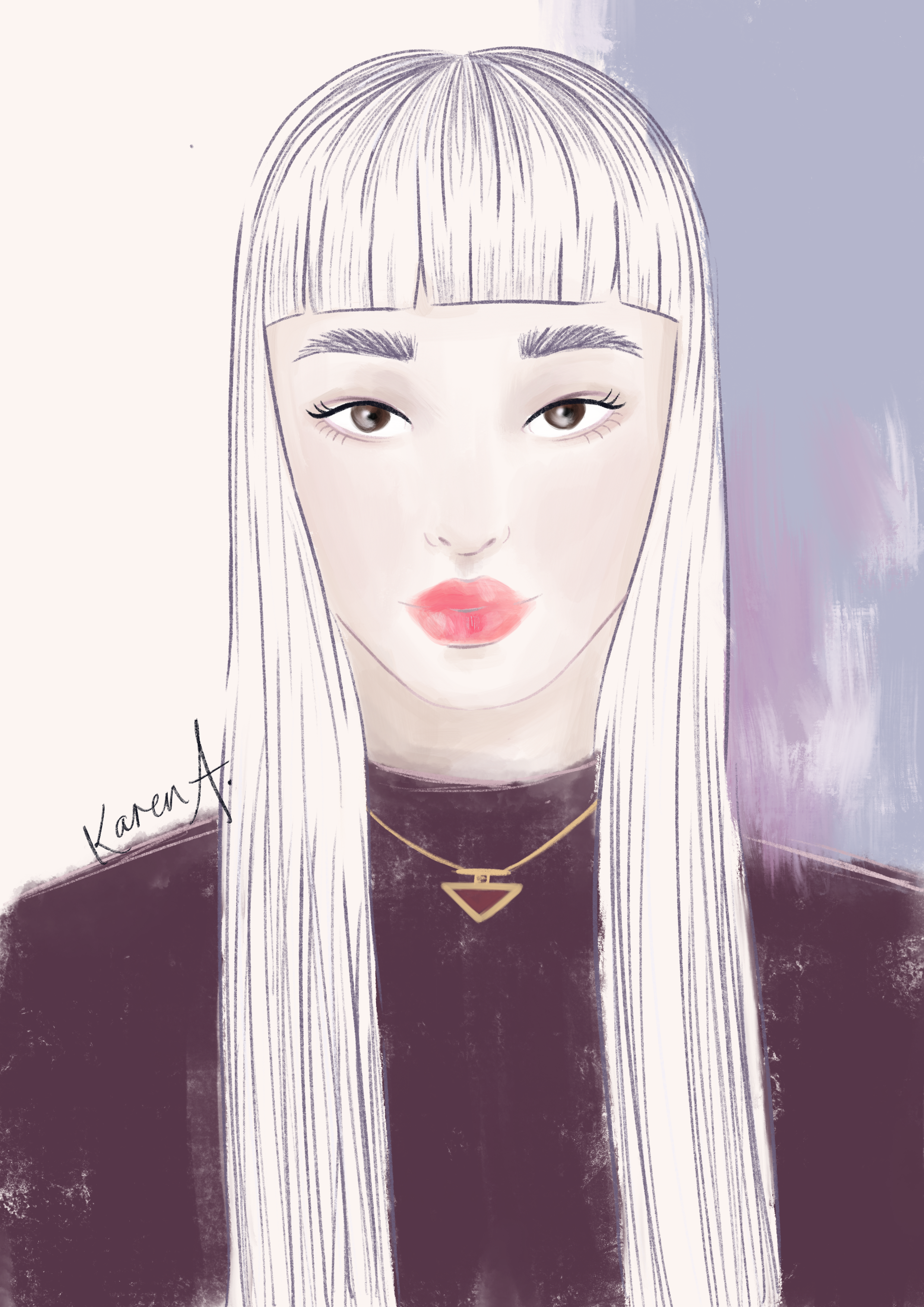Karen Avila: Illustrator
I've always been a visual learner, and even sometimes when it comes to books, I always enjoy the ones with more illustrations. It's the intricacies in the storytelling behind these designs that draw me in. They have a way of telling a story without words, like the cave drawings from a long time ago. Centuries later, we can still almost tell the story of how they lived. Illustrations transcend language, time, and culture.
I spend a lot of time in bookshops, and lately I've been drawn to poetry books. On the forefront, you'll always find some Rupi Kaur, a poet and illustrator who is known for her candid and unflinching explorations of love, loss, trauma, and healing. Her illustrations are often simple and straightforward, yet deeply moving and impactful. Then there's also Gemma Correll, a British cartoonist and illustrator whose work is known for its humor, honesty, and relatability. She often uses her cartoons to explore topics such as anxiety, body image, and self-doubt. Her work is a reminder that it's okay to be not-okay, and that we're all in this together. Both Kaur and Correll communicate complex ideas in simple ways through their illustrations.
In an era defined by an abundance of information and complexity, illustrators serve as a vital bridge to understanding. They have a unique talent for conveying complex ideas through simple yet powerful imagery, transcending language and cultural barriers. Their work is a reminder of the profound impact of visual storytelling in our society. Illustrations possess a unique visual expressiveness that words alone can struggle to achieve.
I was quite excited when I got the opportunity to chat with illustrator Karen Avila, a creative director, brand strategist, and identity designer with years of experience. She specializes in brand storytelling, leveraging the power of brand archetypes, and bespoke identity design.
What motivates you to take an interest in the choices and styles you pursue as an illustrator?
Whenever I can hand-paint or do something with my hands, I go for it, whether watercolours, gouache, or scrap paper. There’s a different feeling when you do something with your own hands than when you do it digitally. It feels as if I pour more heart into it, and I get the same feeling when I see other artists’ work – I’m more interested in the artwork and try to figure out the techniques used and the thoughts the artist had while creating the piece.
How would you describe your work and style? Let’s talk about favourites. Do you have any favourite or memorable illustrations? Could you share the experience of illustrating your favourites or those illustrations, which stand out in your mind?
Playful, flowing, colourful. My favourite and old go-to style is watercolours because of their flow and movement, with them you have to be quick, but you can find some happy accidents that only watercolours can give you.
Have you ever faced a creative block? What was the experience like? How did you handle the same? Could you share your experience? What would your advice be to artists who might face a creative block?
Yes, of course! It feels like the end of your creative career and that it will never go. But what I’ve realized is that more than a creative block is being so anxious and stressed out to create your next masterpiece. It’s the pressure you put on yourself more than just not having ideas at all. Working in a fast-paced environment like an advertising agency taught me there’s no time to panic. You have to give your best to the best of your ability at the time and move forward.
My advice would be not to be so hard on yourselves; it’s okay to want to improve and give your best, but sometimes your best is the so-so of when you feel at your peak, and that’s okay too. We’re on a journey where every day is an opportunity to grow and learn from ourselves and the work we do, and it’s our job to make the most out of it, feeling blocked or not.
What piece of advice, habit, or tool has helped you the most in your career
Betting on myself, taking leaps of faith, and doing the thing before I felt ready.
Inspiration – necessary, or a myth?
I think it’s a myth and, more than anything, an excuse not to take risks, whether going for your dreams or trying something new in your creative work. Inspiration comes and goes. The more you’re exposed to other people’s work, the more you take time to live and enjoy, and the more you experiment, the more inspiration you get. But it doesn’t have to determine whether you put in the work or not.
When do you have the most creative flow for writing and illustrating? Under what circumstances or conditions are you most prepared and excited to do your work?
Certainly, some projects put me directly into the zone, such as painting, or illustrating for fashion or textile prints. But as soon as I exercise and shower, I’m ready to get rolling.
How do you manage your time, so that you are able to meet deadlines and easily switch from one project to the next? Is there a recipe for that?
As soon as a new client comes with a brief, I check my calendar to see where I can allocate it. Usually, clients want to start ASAP, so I see if it’s possible to move any personal commitments if that’s the case. Otherwise, I give myself a buffer of 3-4 days between projects, in case the previous one took a little longer, and to recharge a bit before moving to the next one. For the daily stuff, I use one of my digital planners, and for clients, I use a project management app called ClickUp, where I divide the project into phases and keep the client aware of the progress.
When I look through your portfolio, the 161 North East project is one of my favorites. What was the brief there? I’m curious what the story is, what was the journey from the initial ideas until the final result we see now.
That was one of my favorite projects in my previous job as the Creative Director. The brief was vague, and the task was to develop the brand strategy and the identity design for a new business center in KSA. The main objectives were to appeal to local and international business people and the visuals to reflect the premiumness the center would have. So, I started working on the brand strategy based on the current KSA market and the client’s objectives and clarified the mission, vision, mission statement, brand manifesto, values and beliefs, culture, attributes and benefits, behavior, tone of voice, and brand positioning.
Then, to get an idea of the client’s preferences in terms of visuals, I created two art directions, one of which reflects what you can see now. I find that having geometrical shapes gives a modern and classy look. After that, I passed the approved direction to my team, and together, we created the visual assets. The best part was that the client didn’t offer any feedback; they wanted to use everything as is, and while the business center is still in development, you can already see the fence we created around the location.
A first passion project is always a memorable one. It becomes an imprint on your memory. I still recall mine, all the intrinsic details, how it all came together and the impact it had. Do you recall your first illustration/ design, whether it was a gizmo she worked on as a little kid or something sold on a large scale?
I’ve drawn my whole life, but my favorites of that time were a series of pastel drawings I created during a summer class; they were all about flowers in the wild and vases. Then, at university, when I was studying industrial design, I took a watercolor class just for fun, and it was a revelation moment for me; playing with the colors and painting flowers yet again, I knew I wanted watercolors to be part of my daily life.
Building a career like yours must have had its ups and downs. Building such a name for yourself, what do you think was your biggest obstacle to overcome?
I think it’s myself, comparing my journey to others. Realizing and reminding myself that my journey and my experiences are as unique as I am and that they’re perfect as they are is what helps me get out of the funk when I get there.
How would you describe your relationship with design?
Love in both ways. I’ve been designing consumer products, fashion, fabric, adverts, posters, packaging, and all kinds of things, and the more I explore, the more I fall in love. And somehow, design always loves me back too because whatever new I try, it opens up new opportunities for me.
Your most proud – favorite project till now? Anything specific you like to share about this project that makes it special for you?
I’m still at the beginning of what promises to be my favorite project till now, it’s a series of illustrated planners that feature each one of the zodiac signs, these illustrations will also come as art prints and different products.
Another one is a collection of textile patterns featuring watercolor orchids, painting them was mesmerizing.
You’ve created quite the career for yourself. I imagine you’ve “developed” your own personal philosophy?
Explore, be curious, and take your journey as an adventure; leave judgment behind because you never know what’s on the next turn.
Our last question is a very popular one for all our unscripted conversations. If we had 5 rooms set up by different illustrators, how do we know which one is yours? What sets you apart?
It has an eclectic mix of fashion illustrations, floral prints, and fun landscapes with positive messages. Imperfect artwork is also welcomed as it’s a testament to my growth and evolution as an illustrator.
Anything you might want to plug?
You can get n touch through the website.
